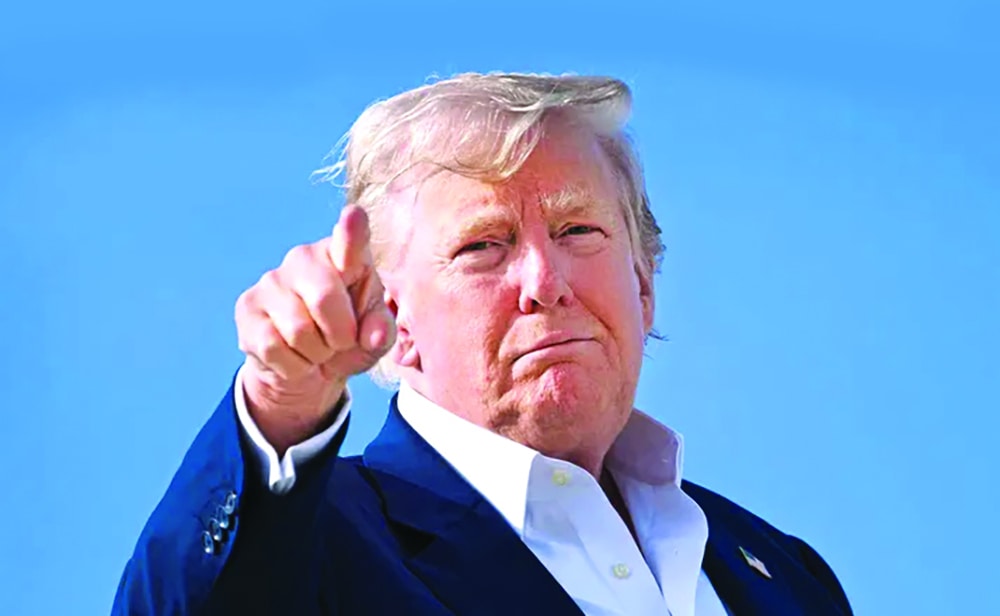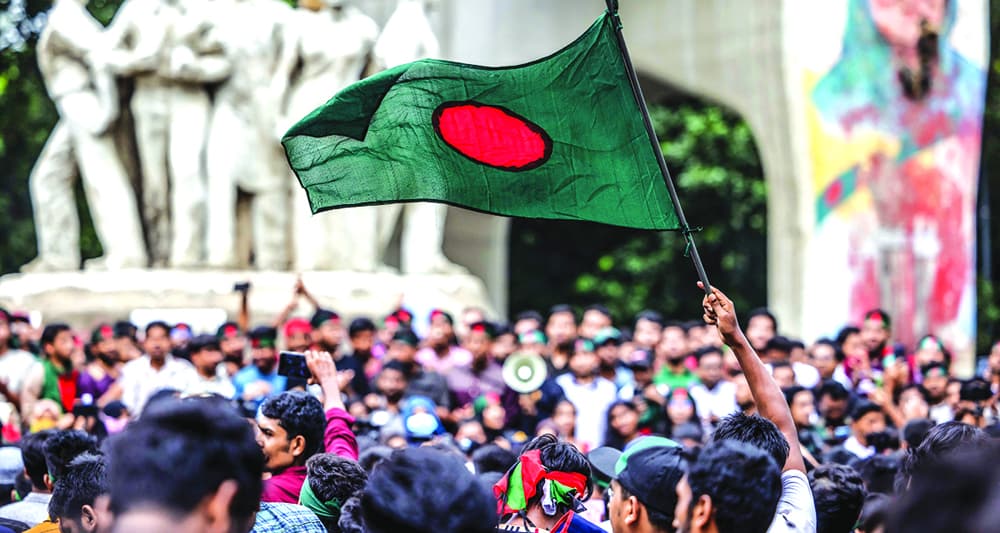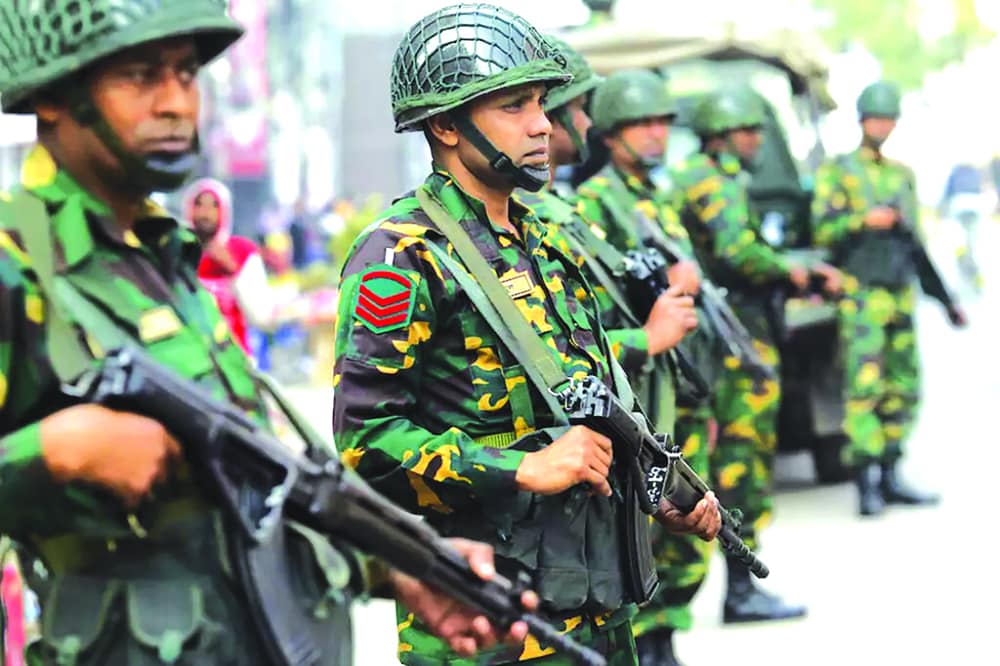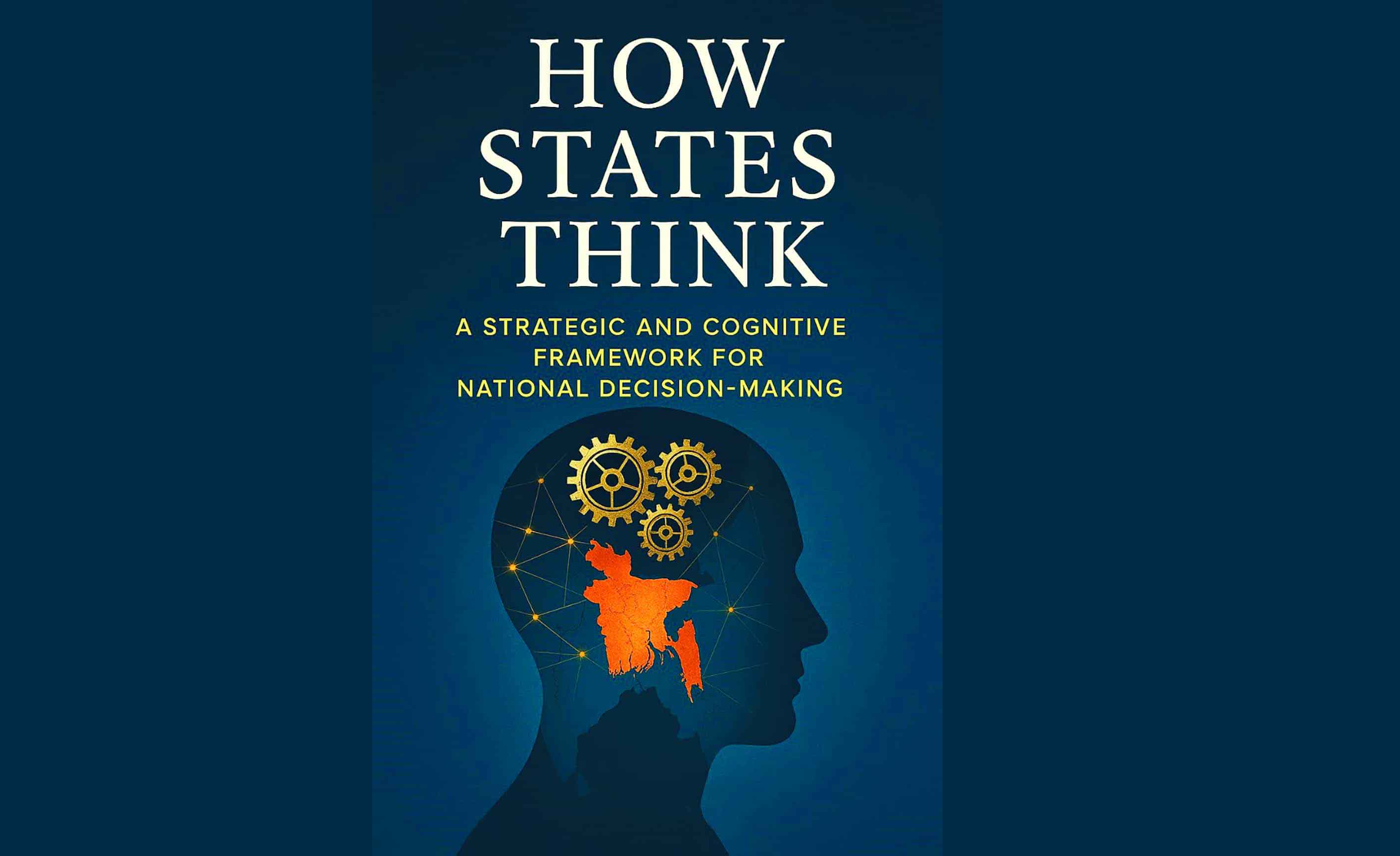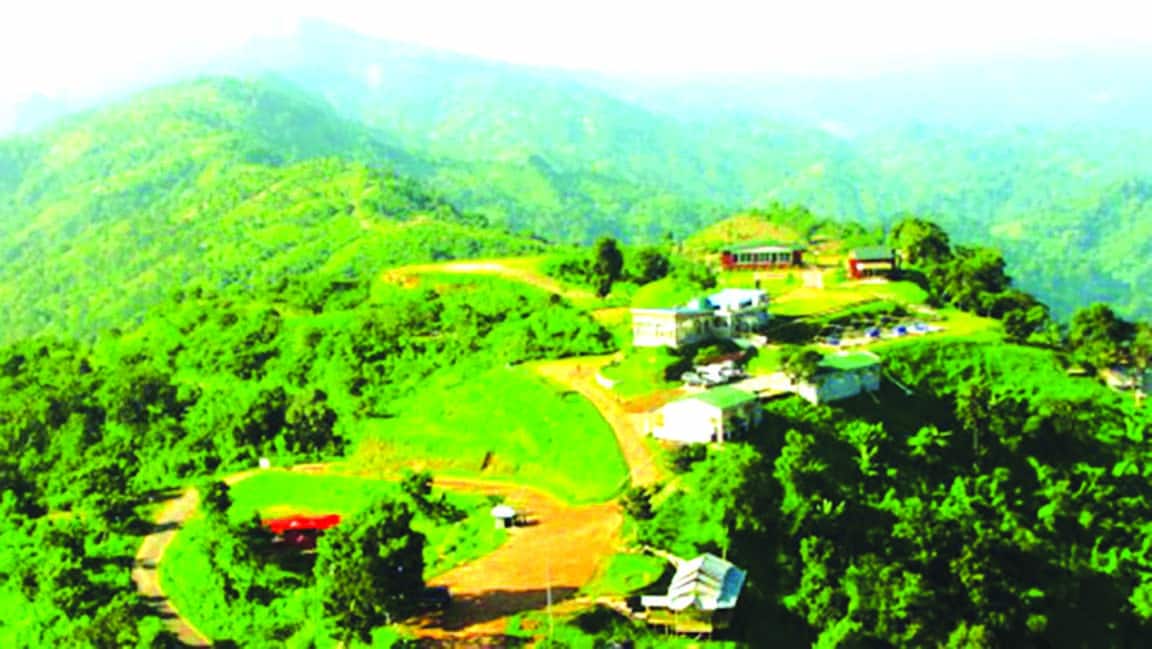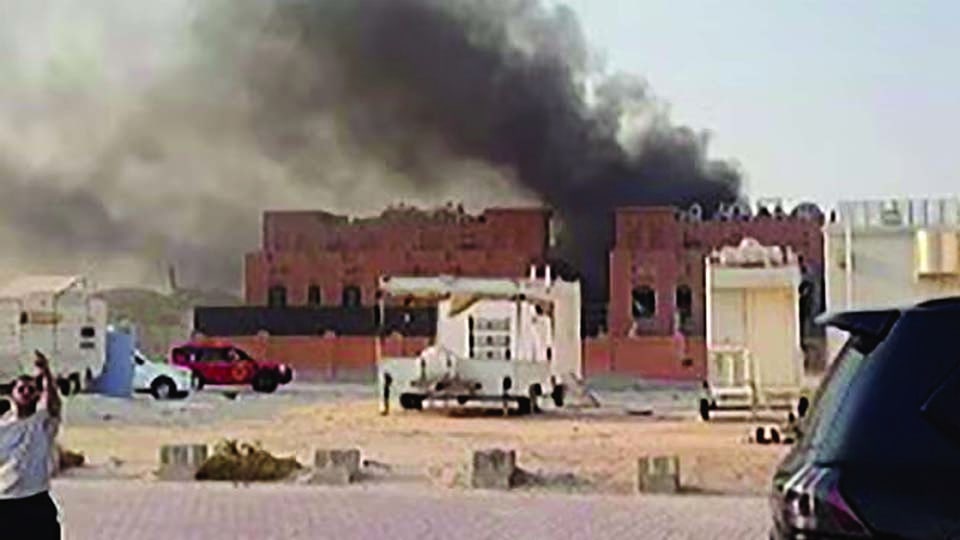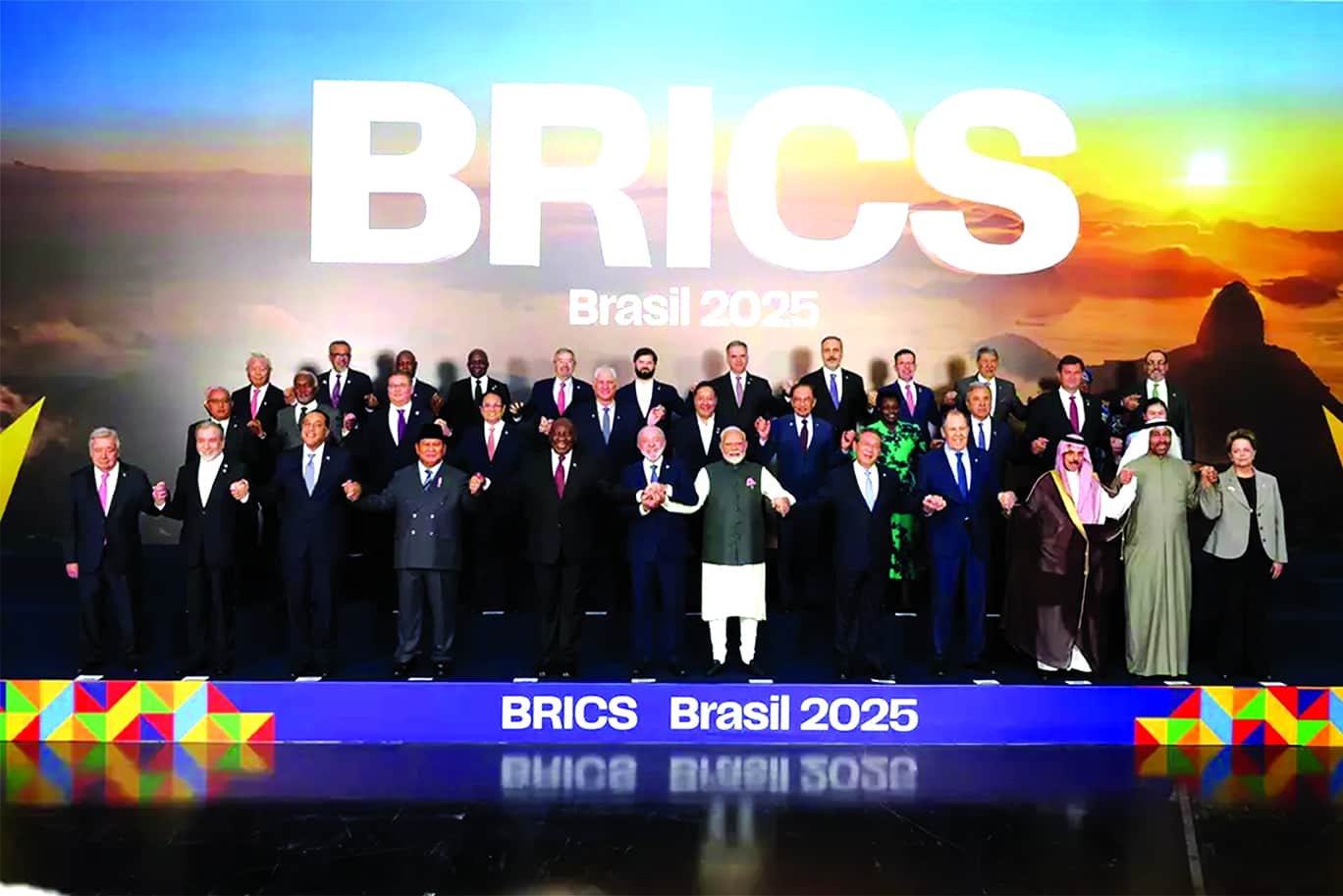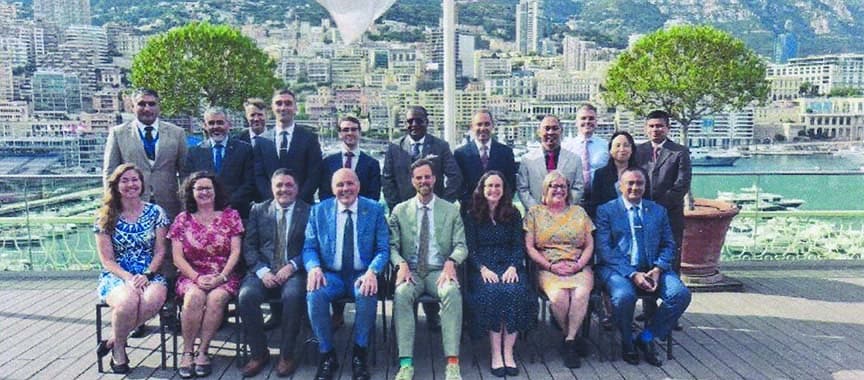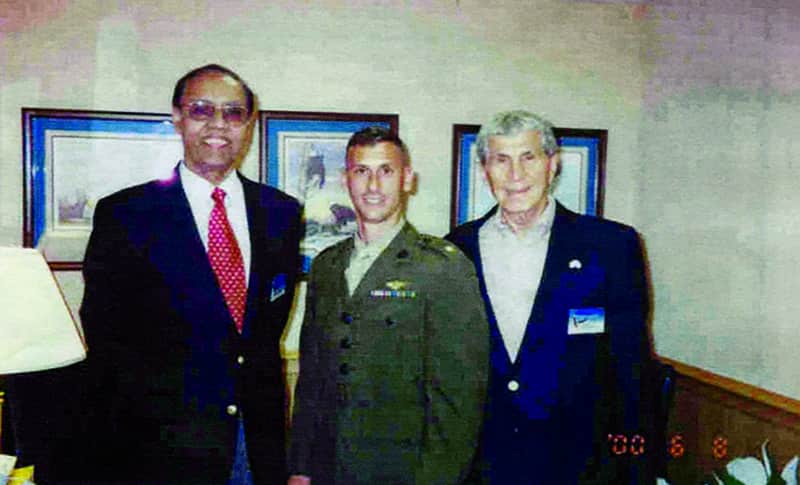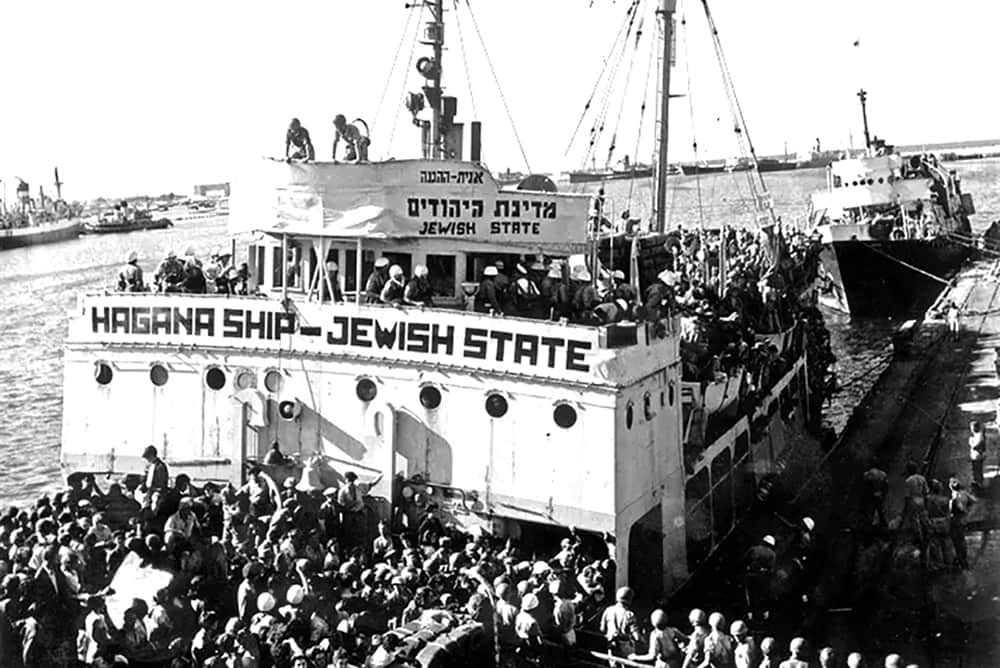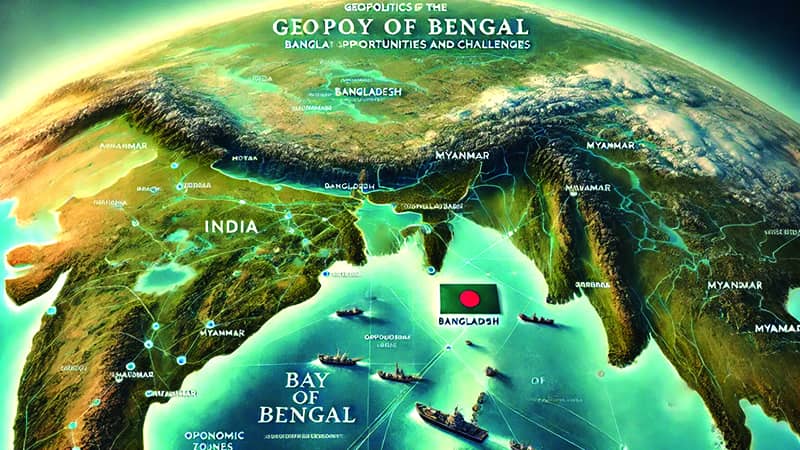Transforming Ansar-VDP: A new era of security and accountability
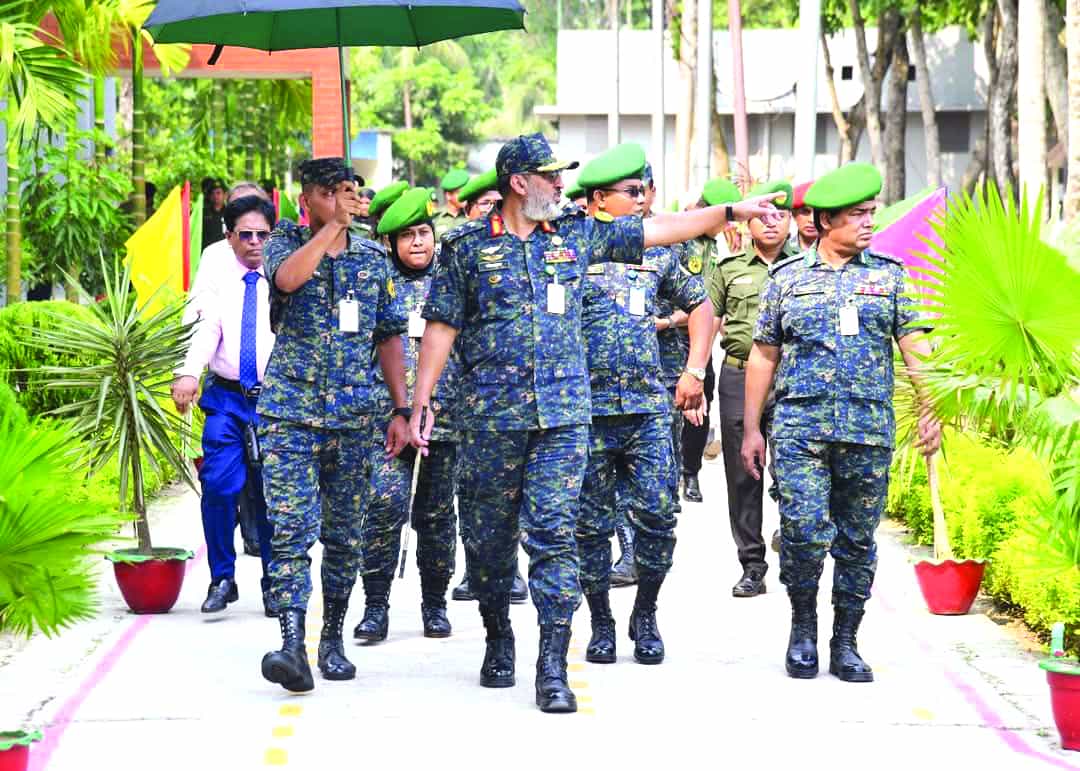
Rabb Majumder
Editor and Publisher of The Security World.
In the realm of national security and community resilience, the Bangladesh Ansar and Village Defence Party (VDP) plays a pivotal role in safeguarding
the nation’s peace, stability, and socio-economic development. Born from a rich history rooted in the country’s struggle for independence, the Ansar and VDP has evolved into a vital force dedicated to upholding law and order across Bangladesh.
The organization traces its origins to the pre-independence era, when it began as a volunteer paramilitary unit to assist the British Indian government in maintaining internal security. After Bangladesh gained independence in 1971, it was restructured and officially recognized as the Ansar and Village Defence Party (VDP), a community-based force committed to supporting law enforcement and promoting social harmony. Over the years, it has grown into one of the world’s largest volunteer or paramilitary organizations, with approximately 60,000 personnel.
Meet the Director General Major General AM Sazzad, the visionary leader guiding the largest paramilitary force—the Ansar-VDP. Throughout his career, he has dedicated his life to protecting Bangladesh’s sovereignty and security. Motivated by a strong sense of duty and patriotism from an early age, he enlisted as a cadet in 1990 and rose through the ranks to become a Major General and the force’s modernization and transformation leader.
Under his leadership the organization has pursued modernization through several key initiatives. These include adopting advanced training methods, upgrading equipment, and implementing strategic reforms to boost operational efficiency and community engagement. The DG’s focus on modernization aims to transform the Bangladesh Ansar and VDP into a more agile, disciplined, and effective force capable of addressing contemporary security challenges.
Major General Abdul Motaleb Sazzad Mahmud, SGP, BAM, ndu, afwc, psc
Made up of motivated volunteers from diverse backgrounds, the Bangladesh Ansar and VDP actively participate in disaster management, anti-terrorism efforts, and community service initiatives, thereby strengthening national security and social cohesion.
In this exclusive interview, we present insights from the Director General of the Bangladesh Ansar and VDP. He discusses the organization’s current strategies, ongoing reforms, challenges, and future plans for strengthening Bangladesh’s security architecture. As the organization continues to adapt to new threats and societal changes, its role remains essential in ensuring a safer and more resilient Bangladesh.
The following is an excerpt from the interview:
Can you briefly reflect on your career and your current priorities as Director General of Ansar-VDP? (Context: Ansar-VDP celebrates 77 years and 45th year of formal organization—how do you view the organization’s evolution and its role in national security and development today?)
Response:
Evolution: Ansar-VDP has transformed from a civil-defence volunteer outfit into a professional, community-centric security force. The 77 years legacy, with 45 years of formal organization, reflects sustained governance, capability development, and civilian partnership.
Current Priorities: capability modernization; embedding ethics and human rights across all activities; expanding community engagements and disaster resilience; strengthening governance with transparent accountability; and ensuring welfare provisions for personnel and families to sustain retention and morale.
Strategic Implications: A trusted, capable domestic security force that supports not only law and order but also social development and risk reduction, thereby contributing to national efforts and inclusive growth.
What is your overarching strategic vision for Ansar-VDP over the next five to ten years?
Response:
Safety and Resilience: A safer, more resilient Bangladesh through enhanced civilian safety and security, disaster management, and development support.
C3 Modernization: Interoperable command, control, and communications; data-driven decision-making; real-time interagency information sharing.
Governance and Accountability: Transparent procurement, merit-based advancement, and independent ethics oversight; strong anti-corruption measures.
Capacity Building: Mission oriented training, expanded training in technology, disaster response, and counter terrorism; sustainable leadership development in all ranks.
Community and Welfare: Extending community engagement, promoting gender balance, and welfare provisions; formal integration of volunteer forces into national emergency frameworks.
International Alignment: Adoption of skill based training and best practices for volunteers and commoners compatible with national context.
Vision Statement: To build a disciplined, professional, and rapidly deployable force consist of regular and volunteer personnel that effectively engages itself with nation building activities, assists Armed Forces during peace and war, safeguards KPIs with trained professionals, aids in disaster management, assists in maintaining law and order situation, and contributes to socio-economic development of the country in order to foster a stable and progressive nation.
How do you balance internal security duties with the development and community service mandate of the Ansar-VDP?
Response:
Policy Approach: Adopt a “security with development” framework at the design stage of all activities. Require dual-objective planning that includes risk reduction and welfare activities alongside security tasks.
Governance Mechanism: Establish community liaison frameworks and participatory safety and security measures; mandate joint planning with local authorities in risk-prone areas.
Metrics: Implement a balanced scorecard with crime reduction, incident outcomes, and social impact indicators (number of households benefited, community grievances resolved etc).
In what ways is the Ansar-VDP being modernized in terms of command, control, and communications (C3) capabilities?
Response:
Key Initiatives: Build secure, interoperable communications; deploy mobile, field-deployable command outfits; leverage cloud-enabled data sharing with authorized authorities.
Capabilities: Real-time situational awareness, GIS-enabled operations, encrypted channels, and standardized incident command protocols.
Implementation Considerations: Ensure interoperability with armed forces, civil administration, police, border security forces, department of fire service and civil defence, disaster management authorities; establish data governance, access controls, and audit trails.
Can you outline any major reform initiatives aimed at improving efficiency, accountability, and transparency within the organization?
Response:
Governance Reforms: Independent ethics and conduct in outfit; mandatory leadership, unit and office management training; whistleblower protections.
Procurement: Open, competitive processes; publish tender summaries; supplier due persistence; audit trails.
Human Resource Management: Merit-based promotions, postings and appointments; standardized performance evaluations; transparent recruitment criteria at all levels.
Service Delivery: Simplify internal processes; implement citizen charters services; publish annual governance and spend reports.
Regulatory Supervision: Routine reports and returns; regular external audits by competent authorities; provide corrective action plans with timelines.
How do you foresee the role of technology (data analytics, AI-assisted operations, unmanned systems) in daily deployments and training?
Response:
Data Analytics: Use risk and opportunity mapping, hotspot analysis, and predictive analytics for resource allocation, training and deployment planning.
AI Assistance: Deploy decision support tools within established legal and ethical frameworks; ensure human-in-the-loop governance.
Unmanned Systems: Implement UAVs for surveillance, disaster assessment, and search and rescue response; ensure regulatory compliance and safety protocols.
Training Integration: Embed tech adoption modules in initial and advance training; certify operators; maintain virtual hygiene.
What steps are being taken to update recruitment criteria and training curricula to reflect contemporary security challenges?
Response:
Criteria Enhancements: Digital literacy, crisis management, ethics, multilingual capabilities, mental endurance and physical fitness aligned with contemporary threats.
Curricula Updates: Cyber hygiene, information security, risk communication, mental resilience, scenario-based leadership, physical fitness and cross-cutting modules on human rights and gender sensitivity.
Accreditation: Align with national training standards and seek international accreditation where feasible.
The Ambassador of Algeria to Bangladesh Dr. Abdelouahab Saidani, paid a courtesy call on Major General Abdul Motaleb Sazzad Mahmud, SGP, BAM, ndu, afwc, psc, Director General of Bangladesh Ansar & VDP. Photo: Bangladesh Ansar and VDP
How is the Ansar-VDP Academy adapting its programs to better prepare personnel for cyber, digital forensics, disaster response, and counter-extremism roles?
Response:
Programs: Expanded cyber security tracks; digital forensics training; formal incident response teams.
Disaster Readiness: Urban search and rescue response, flood response, public health emergencies, pandemics; integration with national disaster plans.
Counter-Extremism: Community alert mechanism and engagements, early warning, and radicalization prevention in collaboration with social services and civil society network.
Describe any new or expanded training modules (i.e., leadership development, ethics and human rights, community policing, multilingual communication).
Response:
Core: Leadership development, basic military knowledge, ethics and human rights, community alert mechanism and engagements, multilingual communication and entrepreneurship.
Specialized: Crisis management, skill based, stress resilience, medical and health care; joint drills with armed forces, civil administration, police, border security forces, department of fire service and civil defence, disaster management authorities, and municipal authorities.
Evaluation: Structured post training assessments, on job performance metrics and feedbacks from different stakeholders.
What measures are in place to improve the welfare, morale, housing, healthcare, and education support for Ansar-VDP members and their families?
Response:
Housing: Expanded, affordable housing options for personnel and families; maintenance of housing standards. An architectural master plan is being formulated for any infrastructural development in the force.
Health: Comprehensive medical benefits, preventive care, mental health support, and access to public/private healthcare facilities. A dedicated medical or healthcare platform is being in service with the collaboration of “Grameen Sukhi”. Besides, medical service centre and medicine points are also being planned up to the grassroots level.
Education: Scholarships, school partnerships, and educational support services for dependents.
Welfare: Dedicated welfare funds, regular recreation facilities, and employee assistance programs. Functioning of a dedicated Welfare Directorate has been started. A good number of welfare projects are being taken for the members of Ansar and VDP which will be regulated and monitored by Ansar VDP Welfare Trust named “Prantik Shokti”. Additionally, an endeavour has been taken for the volunteers at the grassroot level named “Shanjibon” by the Welfare Trust.
How are bereaved or injured personnel and their families supported, including compensation and rehabilitation?
Response:
Compensation: Timely, transparent compensation schemes; disability and long-term welfare support.
Rehabilitation: Medical rehabilitation, mental health services, and reintegration assistance into civilian life through welfare trust when appropriate.
Continuity: Ongoing follow-up and psycho-social support for families.
The Ambassador of the United Arab Emirates to Bangladesh Abdulla Ali ALHmoudi, paid a courtesy call on Major General Abdul Motaleb Sazzad Mahmud, SGP, BAM, ndu, afwc, psc, Director General of Bangladesh Ansar & VDP. Photo: Bangladesh Ansar and VDP
How does the Ansar-VDP strengthen trust and collaboration with local communities, municipal authorities, and law-enforcement partners?
Response:
Structures: Formal community liaison forums; joint security development committees; transparent grievance remedy mechanisms.
Practices: Mutual respect and confidence; regular multi-stakeholder briefings; joint risk assessments; community centric development projects.
Information Sharing: Clear protocols to ensure accountability and protect sensitive information.
What initiatives exist to improve gender balance and ensure equal opportunities within the organization?
Response:
Targets and Incentives: Concrete recruitment targets for women; career development tracks, leadership pipelines and mutual respect for colleagues.
Safeguards: Maternity/paternity support; harassment prevention; gender-sensitivity training; inclusive workplace policies.
How does the organization handle community policing and crowd management during large-scale events or emergencies?
Response:
Framework: A well laid out framework at district, upozilla/ thana and union/ward level; proactive community engagement; clear, lawful crowd management plans; emphasis on de-escalation and non-lethal methods.
Operations: Quick response team, riot/ mob control team, rapid medical evacuation readiness; cross-agency coordination; post-event evaluations and community feedback loops.
Can you share successful case studies where Ansar-VDP interventions prevented crime or aided disaster response at the local level?
Response: A good number of successful crime reduction through community alert mechanism or engagement and rapid disaster response with scalable lessons and rights safeguards. For instance- at International Airport, Medical Colleges and Hospitals, Metro Rails, flood response and different artificial and natural disaster response.
What role does Ansar-VDP play in disaster risk reduction, preparedness, and rapid response across the country?
Response:
Integration: Align with national disaster management frameworks; pre-position resources; codify community hazard mapping and drills.
Readiness: Community alert mechanism, awareness program, preparation and coordination of rapid response teams with defined command structures and mutual aid agreements.
Brigadier General Mahmud Alenazi, Defence Attaché of the Embassy of Kuwait in Bangladesh, paid a courtesy call on Major General Abdul Motaleb Sazzad Mahmud, SGP, BAM, ndu, afwc, psc, Director General of Bangladesh Ansar & VDP. Photo: Bangladesh Ansar and VDP
How are volunteer reserves integrated into national emergency plans, and what are the training or resource gaps you are addressing?
Response:
Formal Integration: Standardized training pathways; shared logistics; clear activation protocols; gap analyses for equipment and funding.
Oversight: Accountability measures for reserve deployments; inclusion in performance reporting.
How do you coordinate with other security and humanitarian agencies during major crises?
Response: Ministry of Home Affairs; Armed Forces Division; joint operation centres (if any); pre-agreed or prescribed SOPs; routine multi agency drills; information sharing protocols with defined access rights.
What governance mechanisms are in place to ensure accountability, ethical conduct, and prevention of abuse or corruption within the force?
Response:
Structure: Independent outfit to monitor; chain of command reporting channel; routine internal and external audits; whistleblower protections; public governance dashboards; digital platform and social media.
Compliance: Clear disciplinary processes following prescribed procedures and corrective actions tracking mechanism.
How are human rights considerations integrated into training and daily operations?
Response:
Training: Mandatory human rights and humanitarian law modules; refresher training; scenario-based learning.
Operations: Rights respecting engagement; civilian oversight of policing activities; grievance remedy mechanisms.
How do you measure and report performance (key indicators) to the public and to the government?
Response:
KPIs: Performance evaluation system or ACR, comparative evaluation or assessment between individual’s mission and achieved goals; crime or offence rates, clearance rates, operational readiness, response times; disaster response metrics; welfare indicators; achievements of training objectives; equipment readiness; community satisfaction and feedbacks from different stakeholders.
Transparency: Public dashboards; quarterly and annual reporting to government; independent verification where feasible.
What steps are being taken to ensure transparency in procurement, recruitment, and deployment decisions?
Response:
Procedures: Open tendering with due diligence; publish tender summaries and evaluation criteria; formulation of different boards for cross-check; standardized recruitment procedures; publish key metrics without compromising security.
Monitoring: Regular procurement audits and external reviews; conflict of interest controls; growing public awareness on recruitment through digital platform or social media.
What is the current funding envelope for Ansar-VDP, and what are the priority areas for investment?
Response:
Budget Principles: Transparent, outcome-oriented budgeting; prioritization of capacity building, modernization, welfare of the members, and community development activities.
Financial Oversight: Prior approval system, regular financial reporting, audit trails, and public disclosure aligned with government finance rules.
How is the Ansar-VDP Unnayan Bank leveraged to support member welfare, small enterprise development, or local economic initiatives?
Response: Welfare and development finance; savings, credit facilities, microenterprise development; microfinance for community projects; collateral management to enable access to capital.
Are there plans to expand or optimize reserve forces, cadet programs, or regional training centres to improve coverage and readiness?
Response:
Capacity Expansion: Upgradation of training centres as per geographical location; track records of volunteers; expanded volunteer programs; scalable volunteer readiness aligned with national emergency or crisis plans.
Resource Planning: Ensure adequate equipment, instructors, and facilities; performance tracking for readiness and track records of employment.
Do you engage with international partners or neighbouring countries to share best practices in internal security and community policing?
Response:
Knowledge Sharing: Regular exchanges with peer forces; knowledge on gendarmerie forces; joint trainings; adherence to international norms on paramilitary roles and civilian oversight.
Partnerships: Donor and development partner engagement to support governance, training, and community policing initiatives.
How does Ansar-VDP align with global standards on paramilitary organizations, training, and civilian oversight?
Response:
Civilian Oversight: Strengthened civilian oversight mechanisms; alignment with global standards on operational role, training, governance, and human rights.
Compliance: Regular self-assessments, evaluations and external reviews against international norms.
Are there opportunities for personnel exchanges, joint exercises, or capacity-building programs with foreign security forces?
Response: Personnel exchanges, joint exercises, and cross-border capacity building under formal agreements; ensure reciprocity and mutual benefit; maintain security clearances and risk controls. A few trainings and exchange programs are conducted in Turkiye.
What do you identify as the top three security challenges facing Bangladesh today, and what is Ansar-VDP’s role in addressing them?
Response: Cyber threats, urban violence, organized crimes. Respond through cyber-capabilities, community alert mechanism, disaster resilience, and technology enabled deployments; ensure mission oriented and assessment driven, capability aligned operations.
How is the organization preparing for evolving threats such as cybercrime, urban violence, or organized crime?
Response: Invest in cyber defence, urban safety, interoperability, intelligence led community programs; strengthen cross-sector coordination to counter crime and extremism.
How do you plan to sustain public support for a large paramilitary force while ensuring civil liberties?
Response: Transparent operations, rules of engagement, accountability, civil rights training, strong grievance channels; sustained public dialogue and accessibility of information.
The motto emphasizes Peace, Discipline, Development, Security. How do you translate this motto into measurable actions on the ground?
Response: Peace (crime reduction, safety indicators); Discipline (ethics compliance, professional standards); Development (community projects, welfare metrics); Security (operational readiness and lawful security presence).
How do you cultivate leadership and a culture of resilience within the ranks?
Response: Leadership development training, mentorship, succession planning, mental resilience training, cross-functional experiences; embed a culture of continuous improvement.
What lessons from the Liberation War era continue to guide today’s Ansar-VDP?
Response: People centred safety and security, service commitment, readily deployable, unity between security forces and citizens, respect for sovereignty and democratic norms; institutional memory preserved through regular reflection.
What personal leadership principles guide you in managing a large, diverse organization?
Response: Integrity, service commitment, empathy, accountability, lifelong learning; lead by example; empower others and foster a culture of merit.
How do you balance operational effectiveness with the well-being and rights of personnel?
Response: Rights protections embedded in doctrine; welfare centric policies; continuous monitoring to minimize harm; feedback loops and independent review.
If you could implement one transformative reform in the next year, what would it be and why?
Response: Comprehensive ethics and governance overhaul with independent oversight, capacity building, transparent procurement system, and data-driven performance analytics; target quick wins to build legitimacy.
What message would you like to share with the public and with Ansar-VDP personnel as you lead the organization into its next phase?
Response:
Public: We protect citizens with dignity, delivering security and development in tandem, with accountability and openness.
Personnel: Your dedication enables a safer nation; your welfare and professional growth are our priorities.
Are there any upcoming programs, anniversaries, or public-facing initiatives you wish to highlight?
Response: Anniversary programs, nations top priority events, civil security joint events, expansion of training modules, and welfare initiatives; invitations for stakeholder engagement and feedback.
Implementation Notes for Policymakers
Phased Rollout: Prioritize governance and procurement reforms in year 1, C3 modernization in year 2–3, and expanding training and welfare programs in years 3–5.
Monitoring and Evaluation: Establish quarterly governance dashboards, independent audits, and external evaluations of reform milestones.
Risk Management: Develop risk registers for reform implementations; contingency plans for budgetary shifts or political changes.
Interagency Collaboration: Formalize MOUs with stakeholders, police, department of fire service and civil defence, disaster management, health, and local authorities to ensure coherence and avoid duplication.
Communications: Prepare a public facing brief that explains reforms, timelines, and expected outcomes to maintain trust and transparency.







